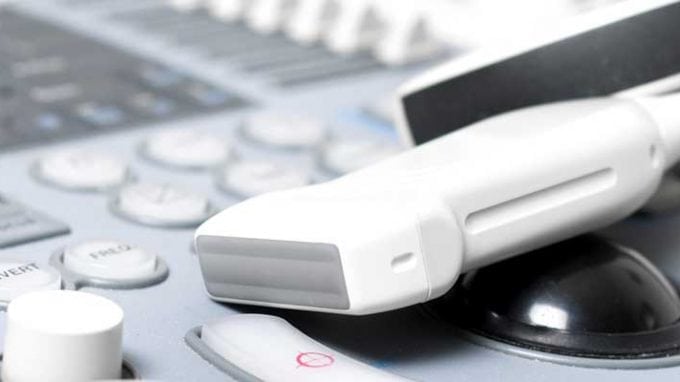The sonohysterogram test provides an accurate image of the inside of the uterine cavity. It helps show if there are any issues preventing fertility.
Many women struggle with infertility because it is impossible to treat the issue until the doctors can diagnose the health problem that is preventing conception. One possible reason that a woman may not easily carry a full term birth is polyps, fibroids or any other types of uterine irregularities. Though an ultrasound can provide a rough outline of the uterus, more accurate imaging tests are often needed. A sonohysterogram can be a simple way to examine the uterus without having to use radioactive MRIs.
What Is a Sonohysterogram-Test?
A SHG test, which is sometimes called a saline infusion sonography, uses a modified version of a basic transvaginal ultrasound test. During a sonohysterography, a saline solution is added to the uterus through the cervix. This saline filling helps to provide a clearer picture of the uterus. Once the saline is added, the ultrasound transducer, which is also called a wand or a probe, will be inserted into the vagina for the clearest possible picture. It is considered more accurate than a typical ultrasound or hysterosalpingogram. The SHG test is useful because it examines the inside of the uterus, where a fertilized egg may later implant. Unlike other tests involving X-rays or contrast device, the SHG test is also useful because it does not use any sort of risky radiation. It is therefore recommended as one of the first steps to discovering causes of infertility.
How Does it Work?

What Should You Do Before Going in for a SHG Test?
You will need to schedule your SHG test for one week after you end your period. This is the ideal time because there is no infection risk and the endometrium will be at its thinnest, which makes it easier to see if it is normal. You will need to take a pregnancy test before the SHG test because it is not advisable for women who are pregnant. When going to the exam, it is best to wear loose, comfortable clothing that can easily be removed to perform the procedure. There may be some slight discomfort, so your doctor may advise you to take an over the counter pain medication prior to the procedure.
What Can You Expect During a SHG Test?
A typical sonohysterography only takes about 15 to 30 minutes to perform. The whole process can easily be done in a doctor’s office or OBGYN clinic, and it will feel similar to a gynecological exam. Your doctor will gently open the vagina with a speculum before inserting a thin, flexible catheter through the natural opening of the cervix. The speculum will then be removed and a very thin ultrasound transducer will be inserted into the vagina. As the saline solution is injected, the ultrasound transducer will send sound waves through your body to create a picture of the uterus and fallopian tubes. You might feel some cramping similar to menstrual cramps as the saline solution is injected into the uterus. Afterwards, the saline solution will be expelled over the course of a few hours in the form of a watery discharge.
What Do the Results of a SHG Test Show You?
Once the SHG test is completed, your doctor will most likely go over the results with you to explain how the findings may affect your fertility. Nothing may be revealed by the sonohysterography and if the uterus shape and lining is completely normal, you might need more tests to see why you are having difficulty conceiving. In other cases, the SHG test will show that there is an issue preventing fertility. You may have scar tissue, uterine fibroids or uterine polyps that are affecting the lining of the uterus. All of these health conditions can keep an egg from implanting and growing normally. Other possible issues that may be shown in a SHG test include tumors, endometrial atrophy, congenital defects to the uterus or an abnormally shaped uterus. If these are discovered, your doctor will work with you to create a treatment plan.




